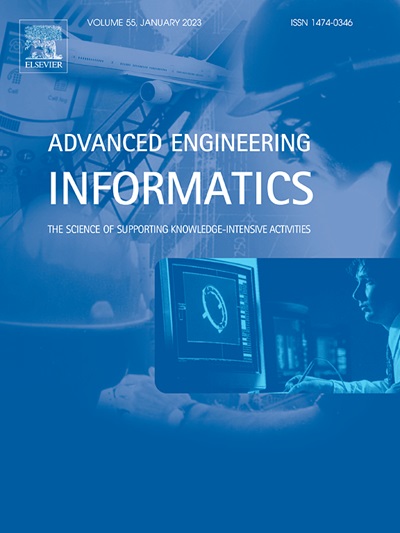Neuromorphic computing-enabled generalized machine fault diagnosis with dynamic vision
IF 8
1区 工程技术
Q1 COMPUTER SCIENCE, ARTIFICIAL INTELLIGENCE
引用次数: 0
Abstract
Rotating machinery plays a critical role in modern industry, and accurate fault diagnosis is essential for ensuring reliable operations. Event-based cameras have recently emerged as a promising tool for non-contact vibration measurement and fault diagnosis of rotating machines. However, the camera factors such as monitoring angles, lighting conditions, etc., have a noticeable influence on the diagnostic performance. A simply trained model cannot be well deployed in new testing scenarios with factor variations. To address this issue, this paper proposes a neuromorphic computing-enabled method for generalizing non-contact fault diagnosis. Dynamic vision data is captured using event-based cameras under varying operational conditions. A dynamic vision data representation method is developed to transform event streams into features that are well-suited for processing by neuromorphic spiking neural networks. Furthermore, a specially designed neuromorphic domain generalization approach is proposed to improve generalization ability across different working conditions. Extensive experiments are conducted to validate the domain generalization performance of the proposed method, along with comparisons with popular domain generalization techniques. The results demonstrate that the proposed approach achieves robust diagnostic performance under different conditions, validating its effectiveness for potential industrial applications.
求助全文
约1分钟内获得全文
求助全文
来源期刊

Advanced Engineering Informatics
工程技术-工程:综合
CiteScore
12.40
自引率
18.20%
发文量
292
审稿时长
45 days
期刊介绍:
Advanced Engineering Informatics is an international Journal that solicits research papers with an emphasis on 'knowledge' and 'engineering applications'. The Journal seeks original papers that report progress in applying methods of engineering informatics. These papers should have engineering relevance and help provide a scientific base for more reliable, spontaneous, and creative engineering decision-making. Additionally, papers should demonstrate the science of supporting knowledge-intensive engineering tasks and validate the generality, power, and scalability of new methods through rigorous evaluation, preferably both qualitatively and quantitatively. Abstracting and indexing for Advanced Engineering Informatics include Science Citation Index Expanded, Scopus and INSPEC.
 求助内容:
求助内容: 应助结果提醒方式:
应助结果提醒方式:


